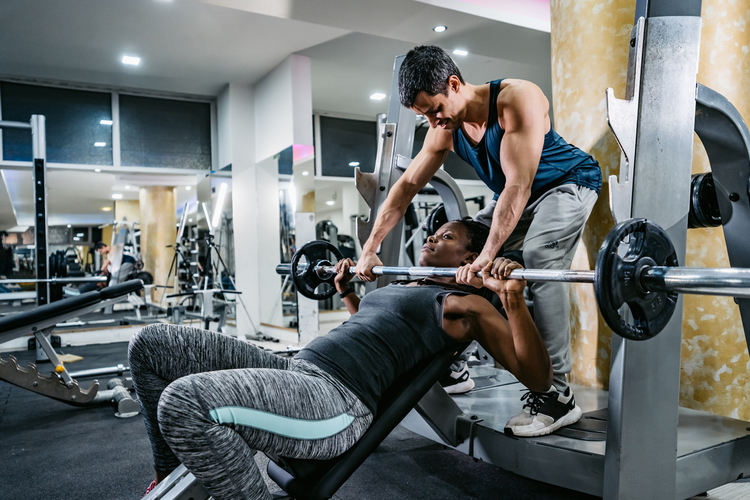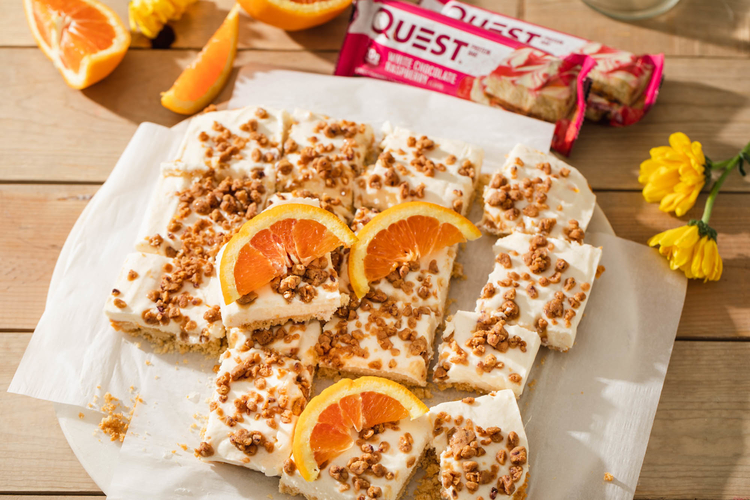Flexibility and An Open Heart
Flexibility is one of the most overlooked components of fitness. Very often I will see someone stretch for 2 minutes before they exercise, and that is considered stretching. True flexibility training is an important part of any overall health and wellness program, because it maintains the range of motion in the joints. Take a moment and ask yourself:
- Can I comfortably reach my arms overhead?
- Are my hips ‘happy (pain free)’ at the end of my cardio workout?
- Can I touch my toes with very little effort?
- Can I stand tall without slouching forward for more than 15 minutes at a time?
The shoulders, the hips and the muscles that support the spine carry the most tension. It makes sense that our shoulders are tight because many of us spend countless hours at the computer, with little movement in the shoulders. In fact, this can relate to tension in the muscles that act on the spine because many people hunch forward at the computer, and the chest starts to collapse forward and down. Our hips can be very tight without us even realizing it, until we get into a deeper hip flexor stretch and feel like screaming, swearing, or both! Tight hip flexors are also related to sitting for several hours a day, as well as repetitive forward motion, like running or cycling. The muscles that act on the middle back are often overstretched, which can cause pain in the entire area. The chest has collapsed forward and the shoulders slump because the posture muscles of the mid and upper back are not active.
There is good news though! Flexibility training does not have to take a long time at all! If you have time for a Yoga class 2 or 3 days a week, that would be ideal. If this does not work for your schedule, then consider a 10 minute stretching session at least 4 days a week. Focus on the muscles of the shoulders, the hips, and activating the posture muscles as you stretch the chest. When we slump forward, there is a natural feeling of protection. This is because the body’s response to danger is to protect the vital organs; the brain and the heart. If we walk around slumped over, there is a signal to the brain that we are in protection mode. Additionally, if you see someone who is sad or lonely, they also take on this posture, as a means of protecting the emotional heart.
 If I had to choose just 1 posture to open the heart physically and emotionally, stretch the hip flexors, and the shoulders, as well as strengthening the posture muscles, it would be a back bend. The back bend shown here is an advanced version that illustrates the muscles that are being stretched. There is an added green shading at the heart, to remember the feeling of an open heart. To build up to this posture, try laying back on a stability ball, and enjoy the back bend completely supported by the ball. You will still need to work to maintain your balance, but it is a great stepping stool to build up to a full back bend. Remember to go slow, breathe deeply, and enjoy the feeling of an open heart!
If I had to choose just 1 posture to open the heart physically and emotionally, stretch the hip flexors, and the shoulders, as well as strengthening the posture muscles, it would be a back bend. The back bend shown here is an advanced version that illustrates the muscles that are being stretched. There is an added green shading at the heart, to remember the feeling of an open heart. To build up to this posture, try laying back on a stability ball, and enjoy the back bend completely supported by the ball. You will still need to work to maintain your balance, but it is a great stepping stool to build up to a full back bend. Remember to go slow, breathe deeply, and enjoy the feeling of an open heart!
For more information on Desi Bartlett MS CPT YT, Yoga, and Flexibility training, check out her website at desibartlett.com


